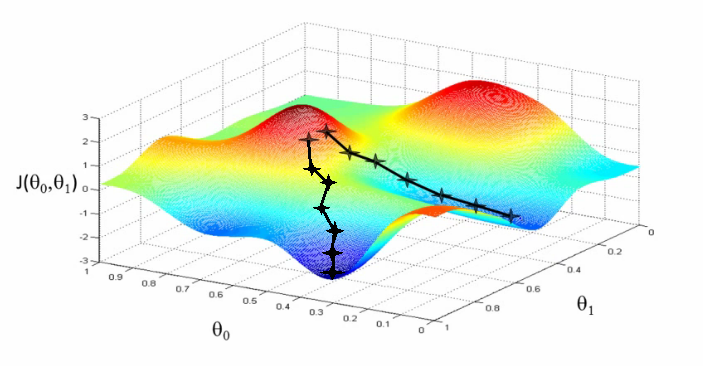In the vast landscape of machine learning algorithms, optimization lies at the heart of model training. Among the plethora of optimization techniques, gradient ascent stands tall as a fundamental pillar, guiding the journey towards convergence and excellence in model performance. In this article, we delve into the depths of gradient ascent, unraveling its essence, mechanisms, and significance in the realm of machine learning.
Understanding Gradient Ascent:
Gradient ascent serves as a cornerstone in the domain of optimization, particularly in the context of maximizing a function. It operates on the principles of calculus and seeks to ascend along the steepest direction of the function’s gradient, thereby reaching critical points such as maxima or saddle points. This ascent is crucial for tasks like parameter estimation, where the goal is to find the optimal set of parameters that maximize a given objective function.
Mechanics of Gradient Ascent:
At its core, it relies on the iterative update of parameters guided by the gradient of the objective function. The process can be succinctly described as follows:
- Initialization: Commence with an initial guess for the parameters of the model.
- Computation of Gradient: Calculate the gradient of the objective function with respect to the parameters.
- Parameter Update: Adjust the parameters in the direction of the gradient to ascend the objective function.
- Convergence Check: Evaluate convergence criteria to determine if the optimization process has reached a satisfactory point.
- Iteration: Repeat steps 2-4 until convergence or a predefined number of iterations.
The key to the effectiveness lies in the magnitude and direction of the step taken at each iteration, which is governed by the learning rate hyperparameter. A carefully chosen learning rate ensures a balance between convergence speed and stability, preventing overshooting or slow convergence.
Applications of Gradient Ascent:
Gradient ascent finds widespread applications across various domains, including but not limited to:
- Neural Networks: In training neural networks is instrumental in updating the weights and biases to minimize the loss function, thereby enhancing predictive performance.
- Reinforcement Learning: Agents in reinforcement learning frameworks employ gradient ascent to optimize policies by maximizing expected rewards, facilitating efficient decision-making.
- Natural Language Processing: Tasks such as language modeling and text generation leverage gradient ascent to fine-tune model parameters, enabling the generation of coherent and contextually relevant text.
- Computer Vision: Image classification, object detection, and segmentation tasks harness to refine the parameters of convolutional neural networks, improving accuracy and robustness.
Challenges and Solutions:
While gradient ascent stands as a powerful optimization technique, it is not immune to challenges that may hinder its efficacy. Some common challenges include:
- Vanishing or Exploding Gradients: In deep neural networks, gradients may diminish or explode during backpropagation, leading to slow convergence or instability. Techniques like gradient clipping and batch normalization mitigate these issues.
- Local Optima: Gradient ascent may converge to local optima instead of the global optimum, limiting the performance of the model. Strategies like stochastic gradient ascent and simulated annealing offer solutions to escape local optima and explore the parameter space more effectively.
- Computational Complexity: For high-dimensional optimization problems, computing gradients and updating parameters can be computationally intensive. Techniques such as mini-batch and parallelization alleviate this burden, enabling efficient optimization at scale.
Conclusion:
In the realm of machine learning, gradient ascent stands as a beacon of optimization, guiding algorithms towards the zenith of performance. Its elegant simplicity, coupled with its profound impact across diverse applications, underscores its significance in the field. As we continue to push the boundaries of artificial intelligence, mastering remains essential for unlocking the full potential of machine learning models and paving the way towards intelligent systems of tomorrow.

